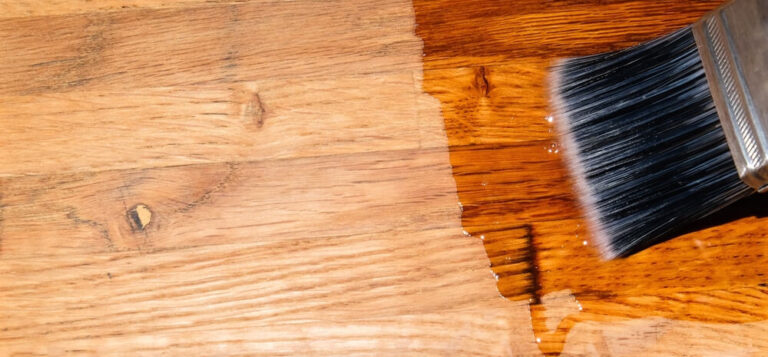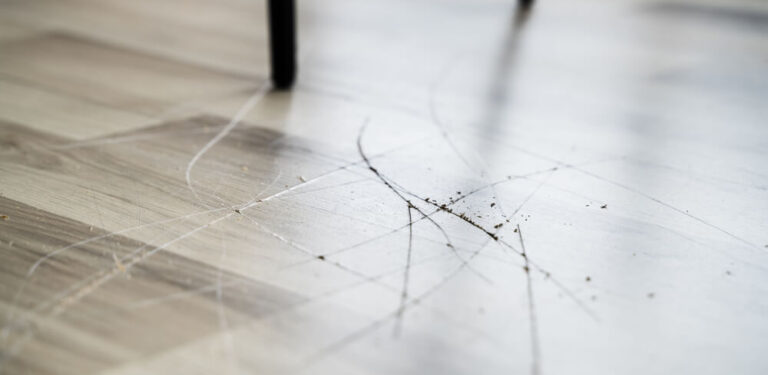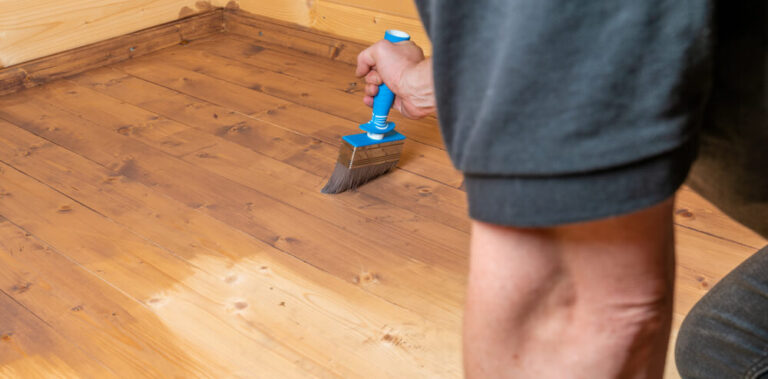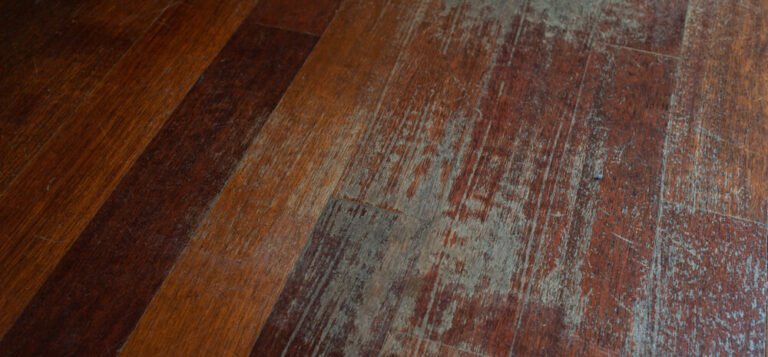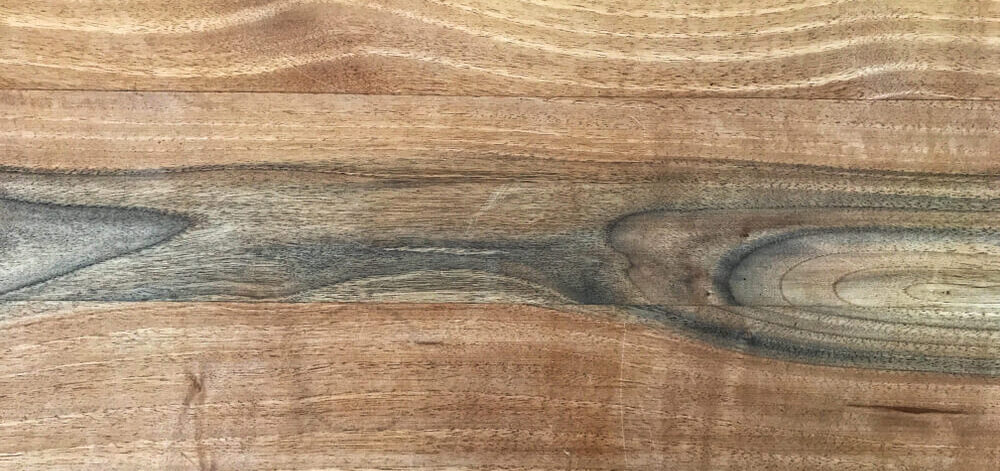
Are your stained hardwood floors causing you stress? Worry not. We are here to help you out. Being hardwood flooring experts, we have helped a number of homeowners on how to blend stain on hardwood floors and get a flawless glowing finish.
To blend stains on hardwood floors, select the right stain for your wood species. Sand the floor for a smooth surface, then apply a base stain in the direction of the wood grain. Assess, adjust, and add accent colors gradually by removing the edges for a seamless blend. Seal with a clear finish for durability.
Don’t let those stains cast a shadow over your beautiful hardwood floors. Read this article to learn the intricacies of blending hardwood floor stains.
Let’s have a look in detail;
How To Blend Stain On Hardwood Floors?
There are a few different methods that you can use to blend stain on hardwood floors. According to the book “Finishing Hardwood Floors”, Sanding is the best method depending on the severity of the damage and the type of stain that you use. Given below is the step-by-step guide on sanding and blending hardwood floor stain colors.
Assess the Damage
Before you start blending the stain, it is important to assess the damage to the floor. If the damage is minor, such as a small scratch or dent, you can blend it without sanding the floor. However, if the damage is more severe, such as a large stain or gouge, you will need to sand the floor before you can blend the stain.
Sanding the Hardwood Floor
To ensure the stain adheres evenly, prepare the hardwood surface. Sanding is the secret weapon. Begin with a coarse grit sandpaper to remove any existing finish or imperfections. Gradually progress to finer grits for a smooth surface that’s ready to embrace the stain.
Choosing the Right Stain
Once you have sanded the floor, you will need to choose the right stain to blend with the existing stain. If you have the original stain, you can use that. However, if you do not have the original stain, you may need to experiment with different stains to find one that matches the stained wood floors.
Blend the Stain
Start with a base stain that serves as the foundation for your blend. Use a clean cloth or a sponge applicator for a controlled application. Work in the direction of the wood grain, allowing the stain to penetrate evenly.
To blend the stain, you need to apply it to the sanded area and then wipe it off with a clean rag. You may need to apply the stain several times to get the desired color or choose a lighter stain to light things up.
To seamlessly blend the different stain layers, employ the feathering technique. Use a dry brush or a rag to gently blend the edges between colors. This softens transitions, creating a natural and gradual shift from one hue to another.
Apply a Finish
Once the stain is dry, apply a topcoat of polyurethane finish to seal and safeguard the hardwood. You can use the same type of topcoat that you used on the rest of the floor. This not only enhances the beauty of your blended stain but also ensures durability against daily wear and tear.
How To Blend Stain On Hardwood Floors Without Sanding? – Some Other Helpful Methods
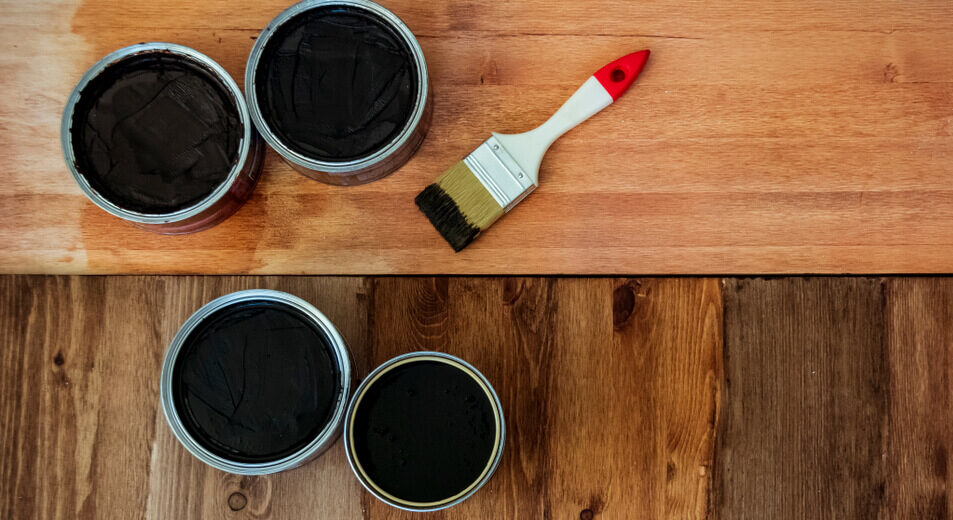
“Can you refinish a small area of hardwood floor?” is the most commonly asked question. Yes, you can spot repair or refinish hardwood floors even without sanding. Given below are some other helpful methods for blending hardwood floor stain colors:
Bleaching Technique
- Use a scraper to remove the existing any excessive stain or debris and prepare the surface for the bleaching process.
- Use a bleach solution to lighten the wood. Follow product instructions and safety precautions.
- Neutralize the bleached area with a vinegar solution and rinse thoroughly to stop the bleaching process.
- Once the wood is dry, apply the desired stain to achieve the preferred color.
Conditions
Ideal for those aiming to lighten the wood and create a blank canvas for a new stain.
Suitable for floors with a darker initial stain.
Dilute the Stain
People usually ask, “how to spot repair hardwood floor finish?” Diluting stains is the best spot repair method:
- Choose a wood stain and a compatible diluent, such as water or a specialized thinner.
- Mix the chosen stain with the diluent according to the desired level of dilution.
- Apply the diluted stain to the hardwood floor, using a brush or sponge.
- Wipe off excess stain with a clean cloth or vacuum it to achieve a subtle, washed effect.
Conditions
Ideal for those seeking a softer, more translucent finish.
Suitable for floors with a medium to light initial stain.
Paint Stain Combo
If you are looking for “how to fix faded spots on hardwood floors?” Then this method is for. Have a look at its step-by-step guide:
- Choose specific areas to be painted for a contrasting effect.
- Apply a base stain to the remaining areas of the hardwood floor.
- Allow the base stain to dry, assess the color, and adjust as needed.
- Blend the painted and stained areas seamlessly using a feathering technique.
Conditions
Ideal for those wanting a bold and artistic finish.
Suitable for floors with a light to medium initial stain.
Sun Fading Technique
- Choose a section of the hardwood floor to expose to natural sunlight.
- Leave the selected section exposed to sunlight for an extended period, allowing the wood to naturally fade.
- Once satisfied with the sun-faded effect, apply the desired stain to the entire floor.
Conditions
Ideal for achieving a weathered or vintage appearance.
Suitable for floors with a medium to dark initial stain.
Remember to test any of these methods in a small, inconspicuous area before applying them to the entire floor.
Pro Tips For Blending Hardwood Floor Stain

Being careful and following some additional tips will help you achieve flawless floors without any trouble. Let’s have a look at some tips:
- Use a light hand when sanding hardwood floor. You do not want to sand too deep, or you will remove too much of the wood.
- Apply the stain in a thin, even coat.
- Wipe off the excess stain with a clean rag.
- Allow the stain to dry completely before applying the topcoat.
- There are also a number of DIY kits available that can help you blend stains on hardwood floors.
- Blending stains is an art, not an exact science. Don’t be afraid to experiment with small test areas before tackling the entire floor. This allows you to fine-tune your technique and perfect the blend.
- Divide your hardwood floor into manageable sections and work on them to maintain blending control and consistency throughout.
FAQs
Can I Blend Stain On A Polyurethane Floor?
Yes, you can blend stain on a polyurethane floor. However, you will need to use a polyurethane-compatible stain.
How Long Does It Take For Stain To Dry On A Hardwood Floor?
The amount of time it takes for stain to dry on a hardwood floor will depend on the type of stain that you used. However, it typically takes 24-48 hours for the stain to dry completely.
Can I Use A Heat Gun To Speed Up The Drying Process?
No, you should not use a heat gun to speed up the drying process. This can damage the stain and the floor.
What Is The Best Way To Protect A Hardwood Floor From Stains?
The best way to protect a hardwood floor from stains is to use a mat or rug under furniture. You should also avoid using harsh chemicals on the floor.
Conclusion
Blending stains on hardwood floors is a creative journey that transforms your space into a work of art. By choosing the right stains, preparing the surface diligently, and mastering blending techniques, you can achieve a customized floor that reflects your unique style. So, gear up, unleash your creativity, and let your hardwood floors tell a captivating story of color and craftsmanship.

